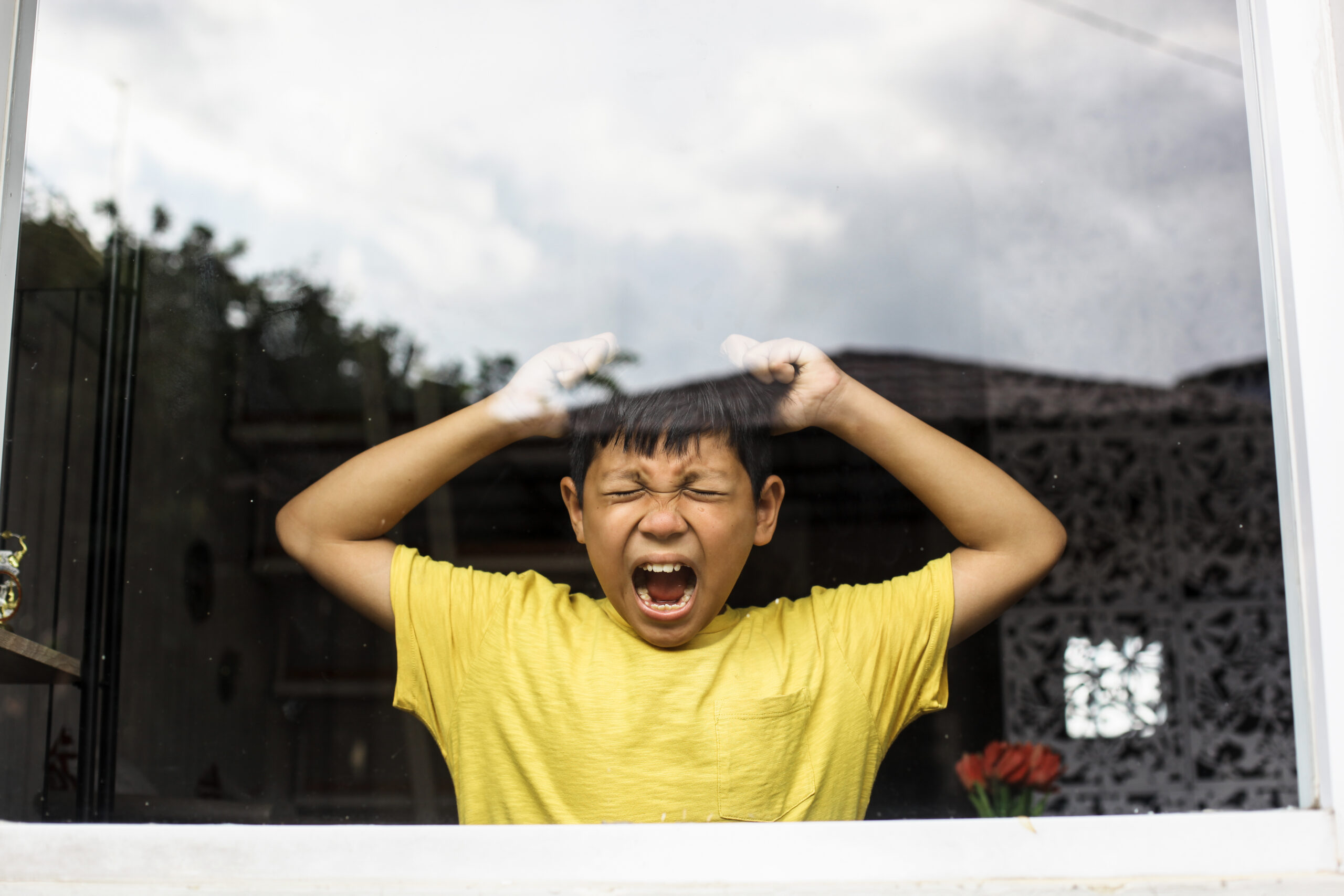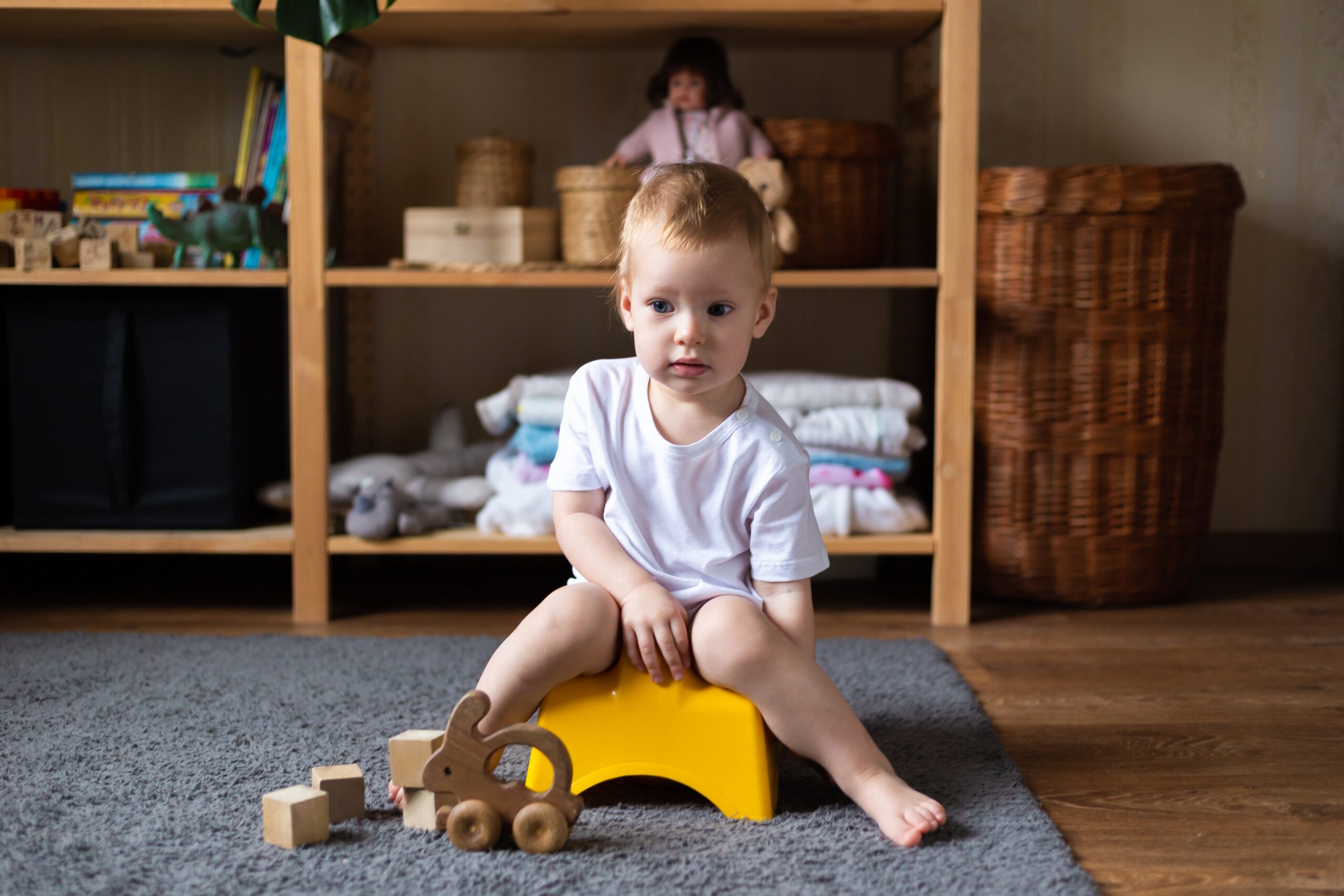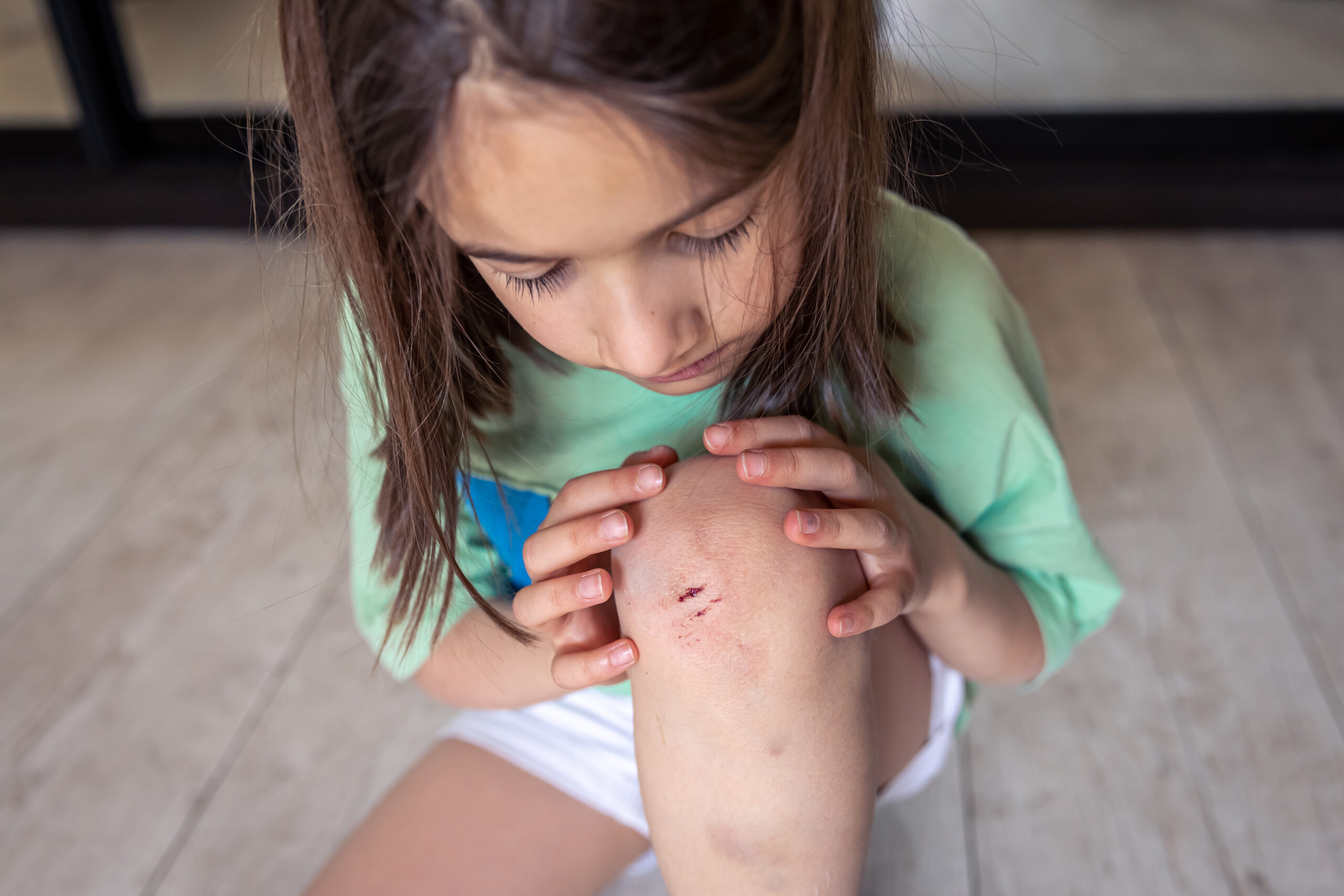How to Manage Disrobing Behavior in Children with Autism
Disrobing behavior, characterized by the tendency to remove clothing and accessories in various situations without regard for social norms or appropriateness, can be a challenging issue for children with autism and their caregivers. This behavior manifests differently in different individuals and can stem from various underlying causes. In this article, we will explore the characteristics of disrobing behavior, the reasons behind it, and strategies for managing this behavior effectively.
Understanding Disrobing Behavior in Children with autism
Disrobing behavior, also known as undressing behavior, is not uncommon among children with autism. It can involve the child taking off their clothes, including items like shirts, pants, socks, or shoes. Accessories like hats, glasses, or jewelry may also be removed. This behavior often occurs in settings where it is socially unacceptable or inappropriate, such as public places, schools, or social gatherings. Additionally, disrobing behavior can manifest at home when the child is experiencing sensory sensitivities or discomfort.
Possible Reasons Behind Disrobing Behavior
The reasons for disrobing behavior can vary widely and are often individualized to each child:
- Sensory Sensitivities: Certain clothing textures or tags can cause discomfort or distress, leading to the removal of clothing to alleviate sensory overload.
- Emotional Regulation: For some children, removing clothing may serve as a way to self-regulate their emotions or sensory experiences. It could be a coping mechanism to deal with stress, anxiety, or sensory overload.
- Communication: Non-verbal children may use disrobing behavior as a way to communicate their needs or discomfort, especially if they struggle with verbal expression.
- Attention-Seeking: Some children may engage in disrobing behavior to attract attention from caregivers or peers, particularly if they have received notable reactions in the past.
- Habitual Behavior: Disrobing may become a habitual behavior that children engage in without necessarily connecting it to the context.
Examples of Disrobing Behavior
Here are a few examples of disrobing behavior in children with autism:
- A child might start removing their shoes or socks in a restaurant, causing concerns and embarrassment for caregivers.
- A child could undress in response to a loud noise or a crowded environment as a way to cope with sensory overload.
- Disrobing behavior might occur during transitions between activities, indicating resistance to the change.
Strategies for Managing Disrobing Behavior
- Assessment: Observe, describe, measure, and analyze the behavior to identify its underlying cause, allowing for appropriate interventions tailored to the individual child.
- Address Sensory Sensitivities: Provide sensory-friendly clothing and engage in sensory breaks to regulate the sensory system and reduce the urge to undress.
- Visual Support and Functional Communication: Use visual schedules, social stories, and teach functional communication to help the child understand appropriate behaviors and alternatives.
- Teach Replacement Behaviors: Teach alternative behaviors that serve the same sensory needs, such as playing with sensory toys or using sensory tools.
- Manipulate the Environment: Ensure the child’s clothing is comfortable and appropriate, and create designated spaces for sensory needs.
- Positive Reinforcement: Reward and praise the child for engaging in appropriate behaviors, such as keeping their clothes on or using alternative sensory tools.
- Social Skills Training: Teach appropriate social behaviors and boundaries, emphasizing privacy and proper clothing in public settings.
- Collaboration with Professionals: Work with professionals like occupational therapists, behavior analysts, and speech-language pathologists to develop a comprehensive behavior plan tailored to the child’s needs.
Conclusion
Managing disrobing behavior in children with autism requires a comprehensive and individualized approach. By understanding the underlying causes, providing appropriate sensory support, utilizing visual aids, teaching replacement behaviors, and collaborating with professionals, caregivers can effectively address this challenging behavior. Remember, each child is unique, so strategies should be tailored to their abilities and needs to ensure a positive and supportive environment for their growth and development.
Also read: How to Manage Licking Behavior in Children with Autism
About Olga Sirbu
My name is Olga Sirbu, I am a Board Certified Behavior Analyst (BCBA) and Licensed Applied Behavioral Analyst. My goal is to support and empower families and individuals on the autism spectrum.
Autism Advance is dedicated to training parents and caregivers, providing practical tips, and teaching individuals how to educate kids with autism.
I share evidence-based practices to help you better understand and support individuals with autism. Learn practical strategies to help individuals with autism reach their full potential, as well as gain a deeper understanding and acceptance of autism.
Thank you for considering Autism Advance as a resource for your autism journey.








